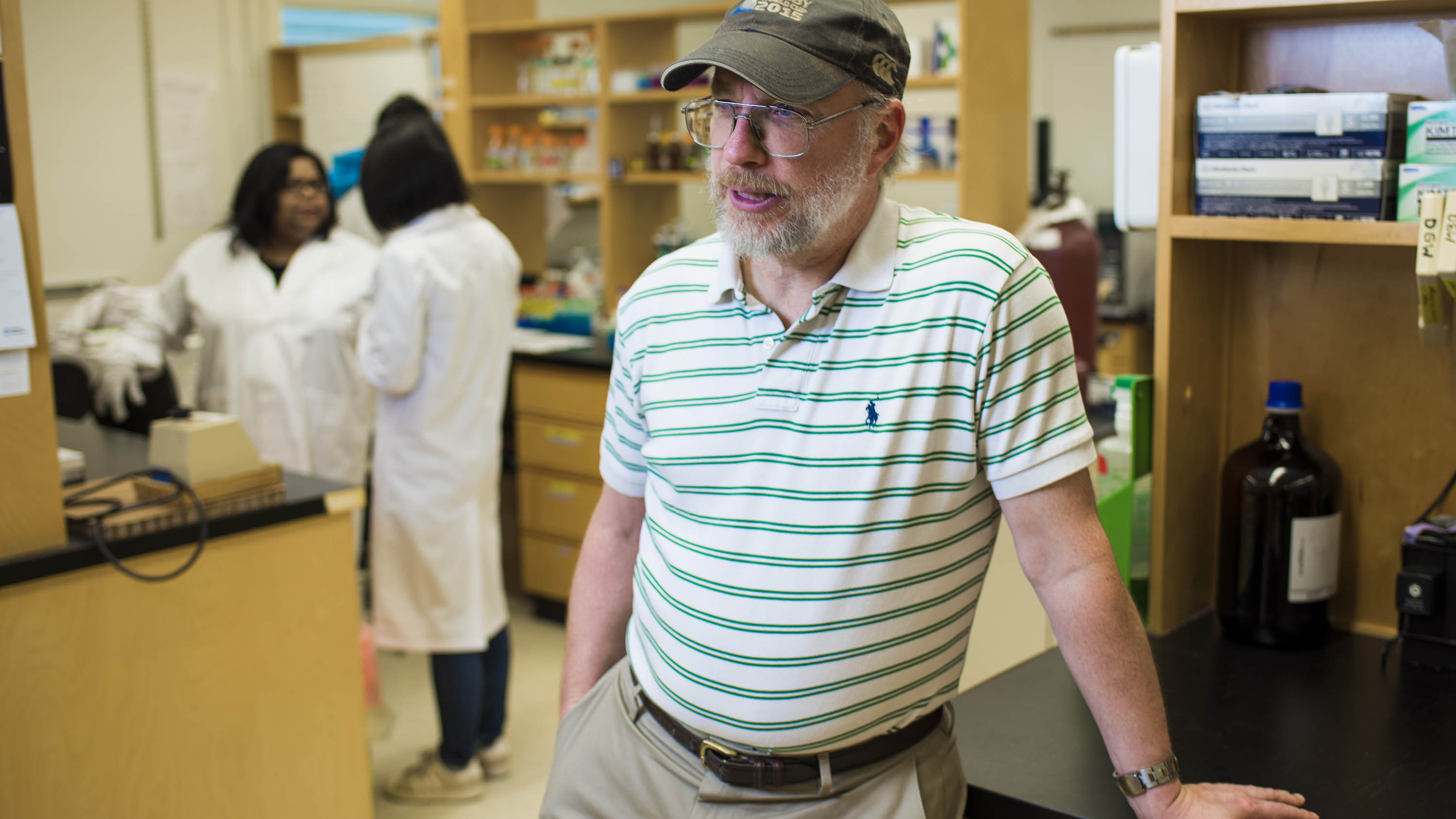An international team of researchers is using artificial intelligence to predict new illegal drugs before they hit the streets — which could help save lives and fight crime.
“We are anticipating what street drugs, or novel psychoactive substances, will appear before they are made or before they enter communities,” said team member David Wishart, University of Alberta professor in the departments of Biological Sciences, Computing Science, and Laboratory Medicine and Pathology.
The research has many potential applications, from combating street drugs and preventing overdose deaths to detecting performance-enhancing drugs in sports.
“Everyone wishes we could prevent crime before it happens. I think this is a step towards that,” said Wishart, who is also a professor in the Faculty of Pharmacy and Pharmaceutical Sciences. “The tools we've developed also make the identification of these street drugs far faster and easier — similar to what you see on a crime drama on television, rather than the months of hard work it currently takes.”
The power of machine learning
The team used several types of machine learning tools to conduct the study. These techniques use artificial intelligence to analyze complex or large amounts of data and find patterns that are not readily apparent — such as the chemical properties that give novel psychoactive substances (NPS), their psychoactive effects.
“Our main finding with this research was that we can predict NPS before they appear with incredibly high accuracy — 93 per cent, in fact — and we can use machine learning to make NPS identification extremely fast and easy for forensic chemists and police labs around the world,” said Wishart.
The interdisciplinary study brought together scientists from three universities, leveraging expertise in chemistry, machine learning and NPS drugs.
“Typical supervised machine learning systems attempt to learn a model that can predict something important about a given instance. For example, will this specified patient get better with a given treatment, or what is the mass spectrum of a given molecule? This project had a different goal: to generate new molecules that are similar to a given small set of compounds.” said Russ Greiner, professor in the Department of Computing Science, Canada CIFAR AI Chair and fellow of the Alberta Machine Intelligence Institute (Amii).

The team ran their machine learning algorithm on 1,700 NPS examples to produce a model capturing subtle properties common in those drugs, which could then be used to generate compounds with similar properties — potential new street drugs.
Apart from getting a step ahead of illicit drug makers, the same approach might also be put to use finding new beneficial drug candidates, Wishart noted.
“Machine learning can be effective with a surprisingly small number of examples,” he said. “Our work is proof of this, and opens the door to not only exploring or combating illegal drugs, but also using the same models to learn from ‘good’ drugs and develop new drugs to treat specific conditions.”
The study, “A deep generative model enables automated structure elucidation of novel psychoactive substances,” was published in Nature Machine Intelligence.
